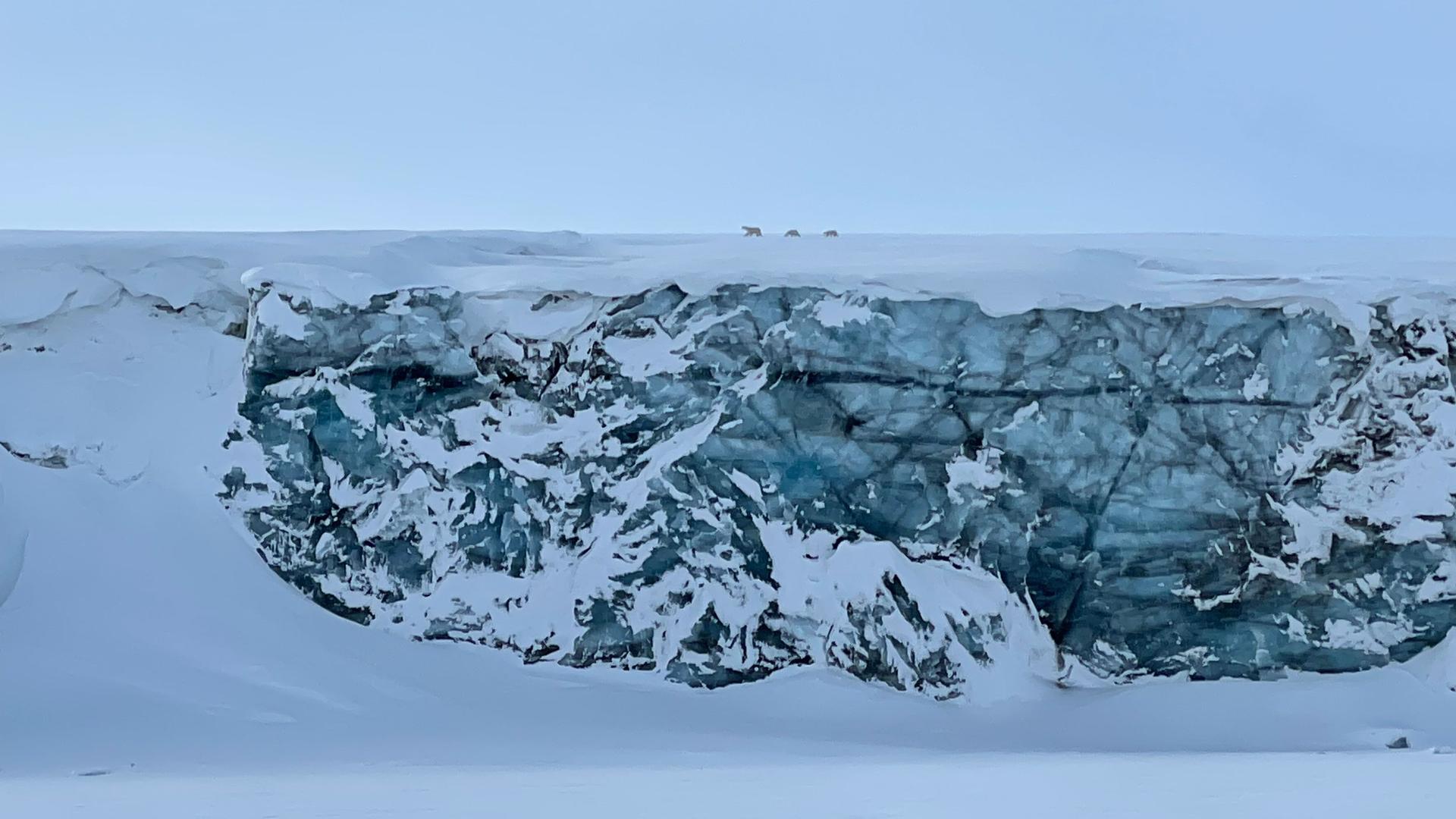On a sunny day in April, during the Arctic’s peak tourism season, guides Timo Virma Virta Santucci and Teemu Tissari led a group of visitors out onto the sea ice.
They had just crossed the island of Spitsbergen in the Svalbard archipelago, located about halfway between Norway and the North Pole, when they spotted a mother polar bear and her two cubs.
For tourists, it was a lucky sighting.
As sea ice melts across the Arctic, polar bears have begun to decline, because they need the sea ice to hunt seals — their primary prey. They also need it to walk to their denning areas. But animals don’t always respond predictably to shifting living conditions, and the polar bears of Svalbard have been resilient — at least for now.
“They learn from their parents that, OK, this is a good hunting ground,” Tissari said. “And then when that is changing, then of course they’re, like, a bit lost.”
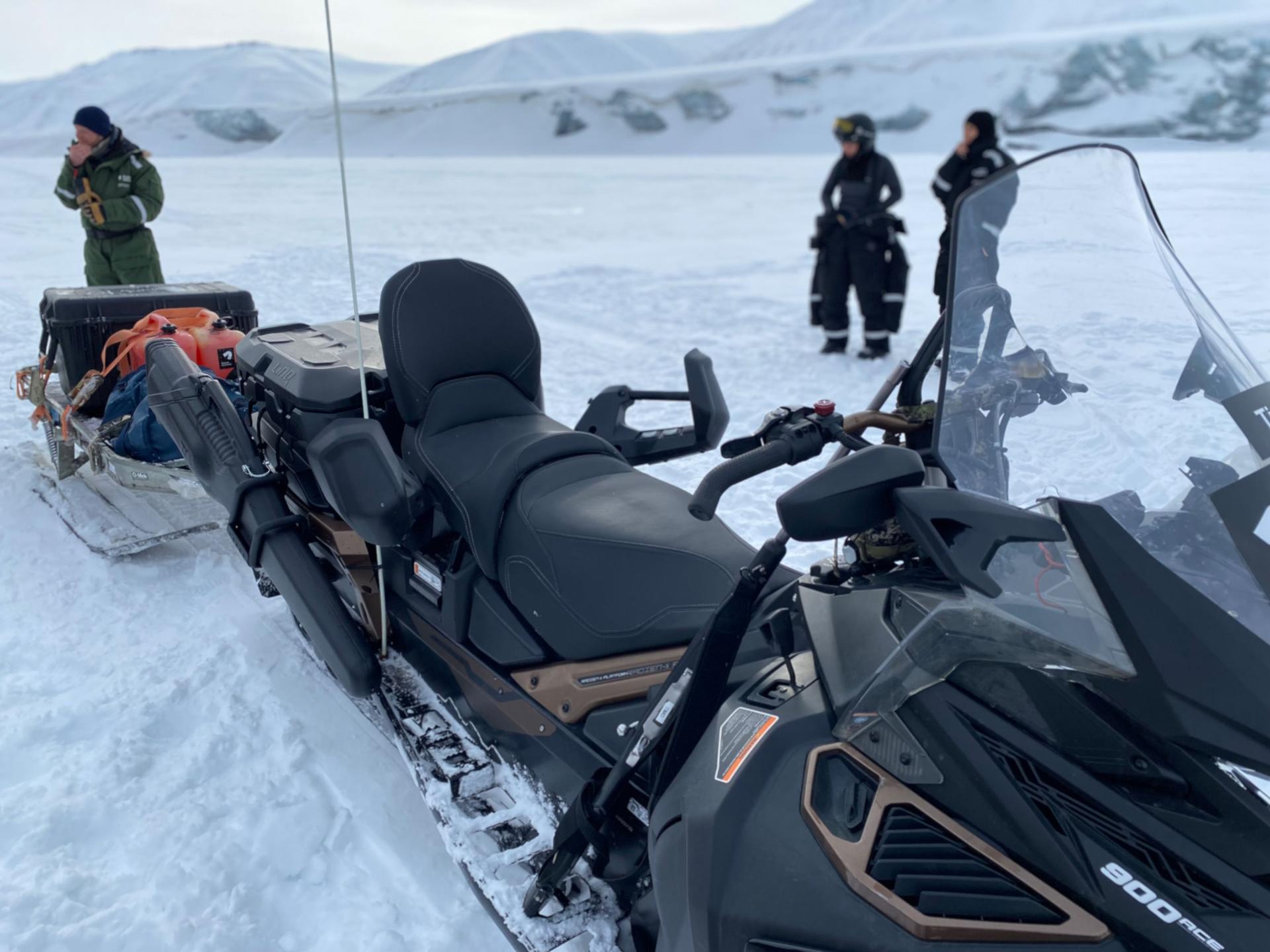
Jon Aars, with the Norwegian Polar Institute, studies the Barents Sea polar bear population, made up of about 3,000 bears around Svalbard and Russia. About 10% of them stay mostly on the land on and near Svalbard.
Aars said the sea ice in this area is declining more than twice as fast as anywhere else in the Arctic. But the polar bears here — unexpectedly — are thriving.
“One explanation is that they were hunted quite extensively until they were protected in 1973,” Aars said. “So … they are still in sort of a recovery phase.”
The other reason lies within the bears themselves.
“Polar bears are what you call ‘plastic,’” Aars said. “They are already designed in a way that makes it possible for them to switch the way they live.”
The polar bears that live on Svalbard appear to be hunting more reindeer and taking more birds’ eggs. Mother bears are swimming farther to get to their denning areas. These are clever workarounds, but they’re not necessarily efficient.
“If you walk 100 kilometers, you use only a fraction of the energy that you would use if you swim the same 100 kilometers in cold water,” Aars explained.
And while eating reindeer may be a good survival technique, they’re nothing like seals, which provide thick blubber that can sustain a polar bear for months.
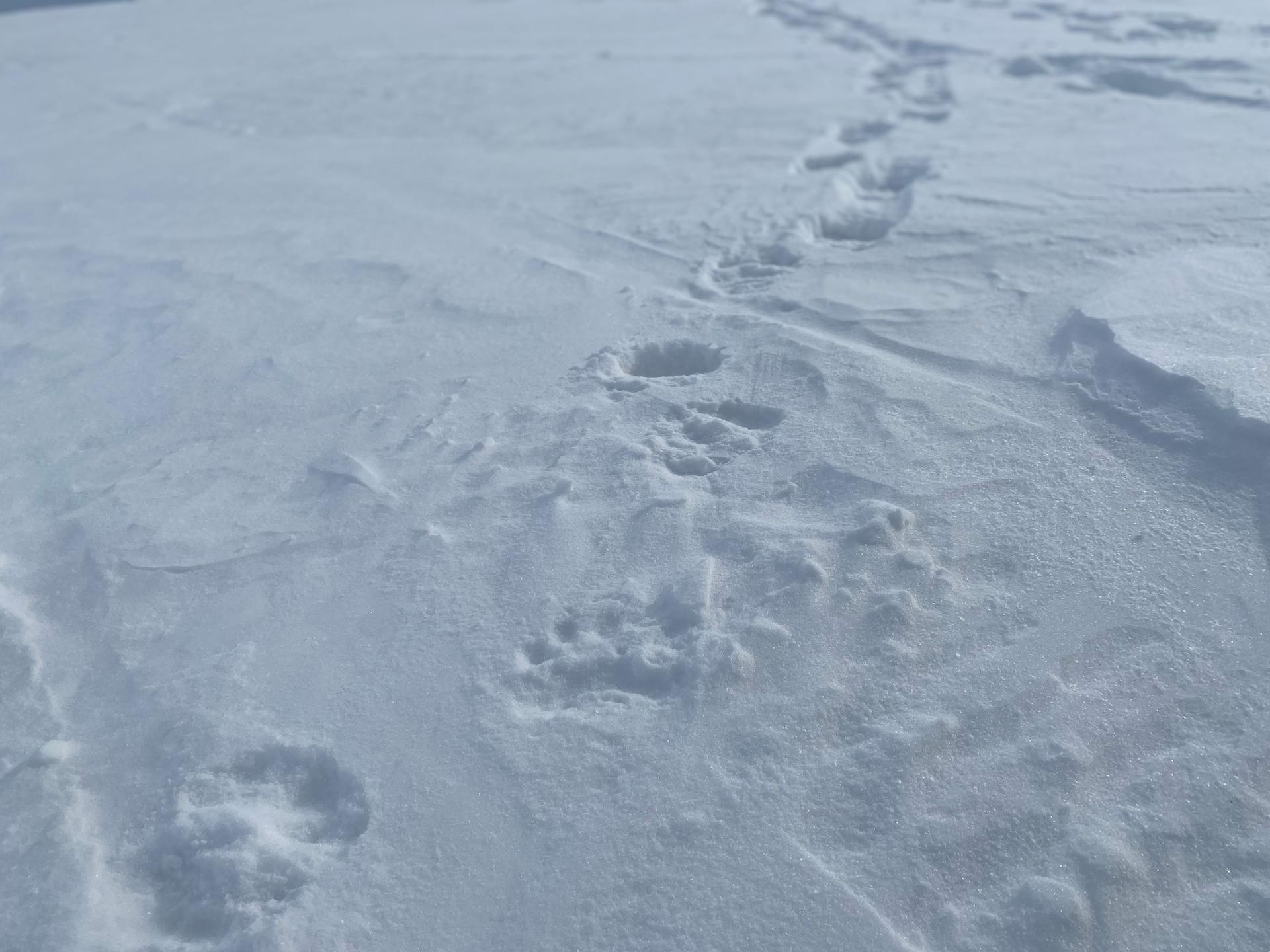
A pending tipping point
While these polar bears have proven to be resilient as the sea ice continues to melt, scientists do not believe they’ll be able to keep it up.
“If it was that simple, I think polar bears would have expanded into areas where you don’t have sea ice already,” Aars said.
In fact, as Aars’ colleague Dr. Andrew Derocher points out, history may be the best predictor of the future.
“If we go back about 10- or 11,000 years ago, to the end of the last Ice Age, and look at where polar bears existed, they were around southern Sweden, around Denmark,” he said.
Derocher used to work in Svalbard. Now he’s a professor at the University of Alberta, and works mostly with polar bears in Canada. If these creatures were capable of adapting to land, Derocher believes, they would have done so.
“We would see them in southern Alaska along the panhandle,” he said. “We should see polar bears in Maine. … But of course we don’t, because the bears didn’t adapt. They just disappeared.”
Dramatic changes
Tissari is used to seeing the earth — and the ice — beneath him change.
Winter is shorter every year. Sometimes, there’s rain in January. One popular fjord no longer freezes over.
“It feels like we’re witnessing something very dramatic here,” Tissari said. “This place will not be the same 20 years from now.”
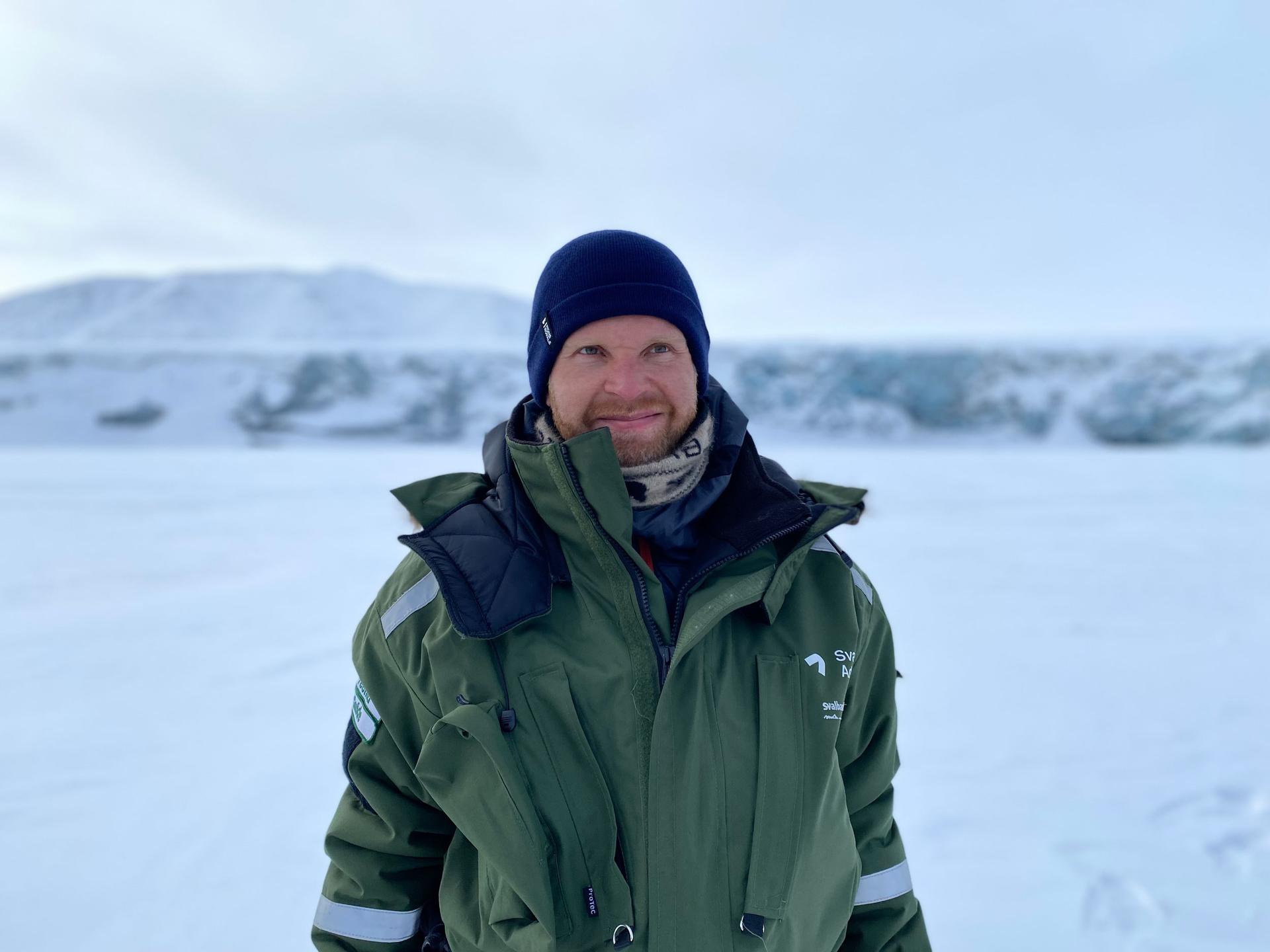
Santucci used to work as a guide in Finland, and he traveled north to work for Svalbard Adventures, drawn by the challenge. These days, his prevailing emotion is anxiety.
“We’re going toward something that we’re not controlling,” he said. “It’s big, beautiful glaciers behind Longyearbyen. And we kind of know that within the next 50 years, it’s not going to be there anymore. So then,you feel that you’re doing something wrong.”
That April polar bear sighting was Santucci’s first of the season. He knew the visitors who experienced it had glimpsed something special.
“If I were you,” he said, “I would feel lucky.”
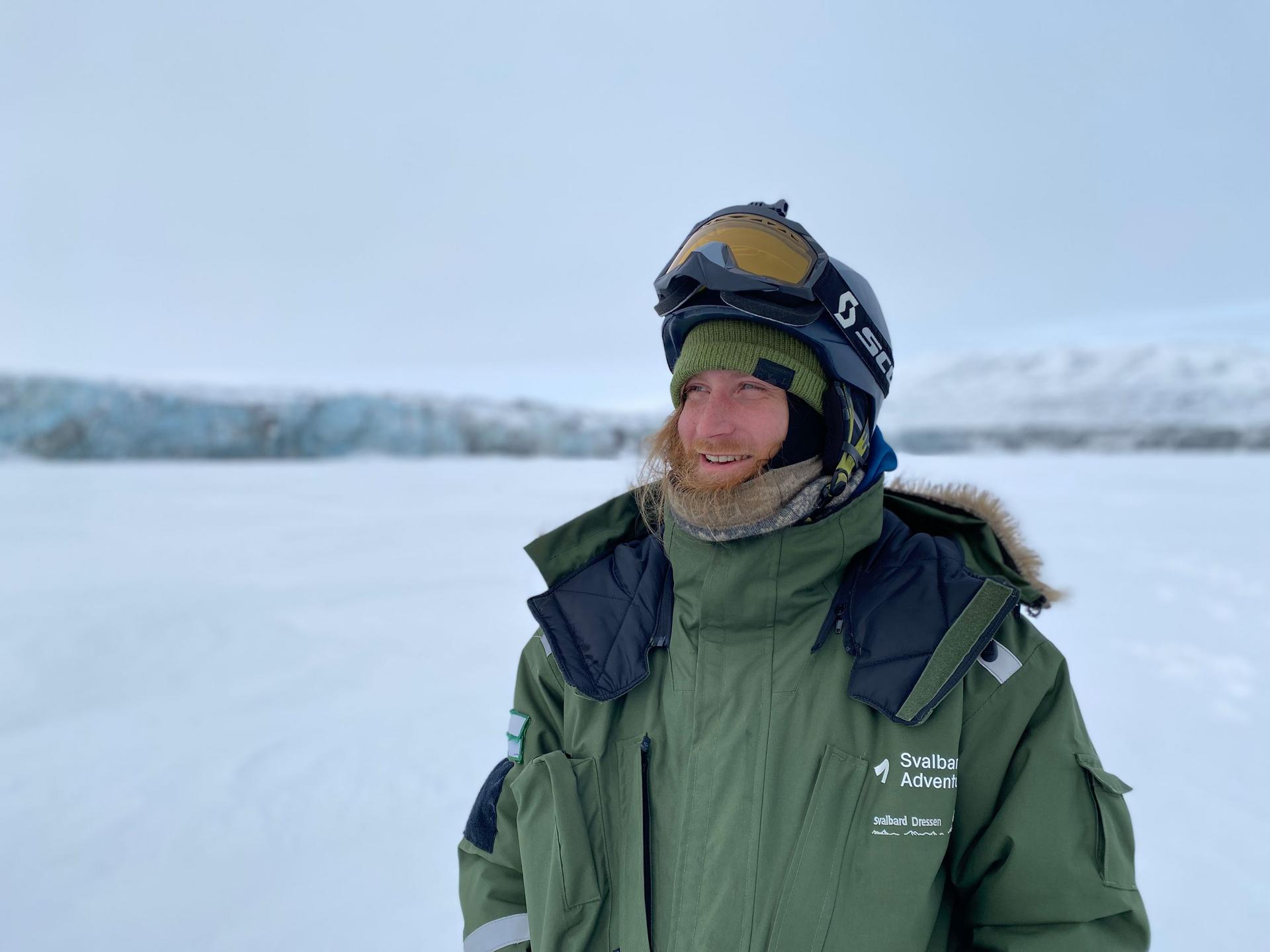
‘Cautiously optimistic’
It remains unclear exactly how Svalbard will change over the coming decades, but it will likely lose its 300 land-loving polar bears.
“The fact that polar bears in Svalbard that are local never seem to move might indicate that that part of the population that is in Svalbard will just die off if sea ice disappeared for the whole year,” Aars said.
That doesn’t mean polar bears will disappear completely.
“I’m optimistic that in the very high reaches of the Arctic, we’ll be able to keep the bears in those areas,” Derocher said.
Right now, the sea ice in the highest Arctic is too thick for polar bears. In the coming decades, as the earth continues to warm, that could change.
“It looks like there still will be enough sea ice for them to persist,” Derocher said. “And so, I’m cautiously optimistic, looking forward. But that also depends on what we do now, so that we can have those bears there in 50 or 100 years from now.”
Even if they survive, the higher those bears go, the harder it will be to catch a glimpse of them.
For those hoping to experience the magic of seeing a polar bear for themselves, the clock is ticking.
